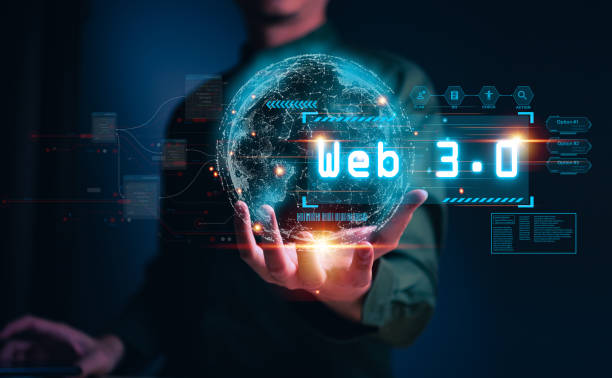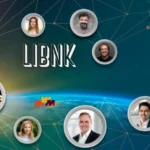In the sprawling, often chaotic digital landscape of today, our identities are fragmented. We are a collection of profiles, logins, and data points, scattered across centralized platforms that monetize our every click. We’ve traded privacy for convenience, becoming digital ghosts in a machine we don’t control. But a quiet revolution is underway, one that promises to return the ownership of our digital selves back to us. This is the profound promise of Web3, a new internet era that is less about faster speeds and more about fundamental shifts in power and control.
While the headlines are often dominated by cryptocurrencies and NFTs, the true, lasting impact of Web3 lies in its potential to redefine digital identity. The current model, Web2, is built on a feudalistic system. We exist as tenants on the lands of tech giants, our data being the rent we pay. Web3, powered by blockchain technology, offers a new paradigm: digital sovereignty.
Before you go, this next article might answer your next question.
The Pillars of a Sovereign Digital Identity
So, how does this new internet give us back control? It’s built on a few core principles:
- Decentralization: Instead of storing our data on a company’s server, Web3 utilizes decentralized networks. This means our information isn’t a single point of failure or a honeypot for hackers. It’s distributed, secure, and under our command.
- Self-Sovereign Identity (SSI): This is the cornerstone of the Web3 identity revolution. Imagine a digital wallet that holds not just your money, but your credentials, your social connections, and your online history. You, and only you, decide who gets to see what. You could prove you’re over 21 without revealing your date of birth, or apply for a loan without handing over your entire financial history.
- Verifiable Credentials: These are tamper-proof, digitally signed claims about you. A university could issue a verifiable degree, an employer a verifiable work history. These credentials live in your digital wallet, ready to be presented whenever you choose.
Beyond the Login: A New Social Fabric
This shift from platform-centric to user-centric identity has profound implications for how we interact online. Social media could evolve from walled gardens into open ecosystems. Your social graph, your friends and followers, could be portable, moving with you from one platform to another. This would foster competition and innovation, as platforms would have to earn our engagement rather than holding our data hostage.
Furthermore, our relationship with the content we create would be transformed. In a Web3 world, artists, writers, and musicians can embed ownership directly into their work using NFTs. But this is just the beginning. Imagine a world where your blog posts, your photos, and even your “likes” are assets that you own and control. You could choose to monetize them, or simply keep them private.
The Role of a Web3 Development Company
Of course, this vision of a decentralized future won’t build itself. The transition from Web2 to Web3 requires a new generation of developers and thinkers who understand both the technology and the philosophy behind it. This is where a skilled Web3 development company becomes essential. They are the architects of this new internet, building the protocols, the applications, and the user experiences that will make digital sovereignty a reality for everyone. They are tasked not just with writing code, but with designing systems that are secure, equitable, and empowering.
The road to a fully realized Web3 is long, and fraught with challenges. But the journey has begun. The unseen revolution is happening not in the headlines, but in the quiet, steady work of building a more just and equitable digital world, one where our online selves are finally, and truly, our own.
There’s so much more to uncover—let your next discovery begin on Management Works Media.






